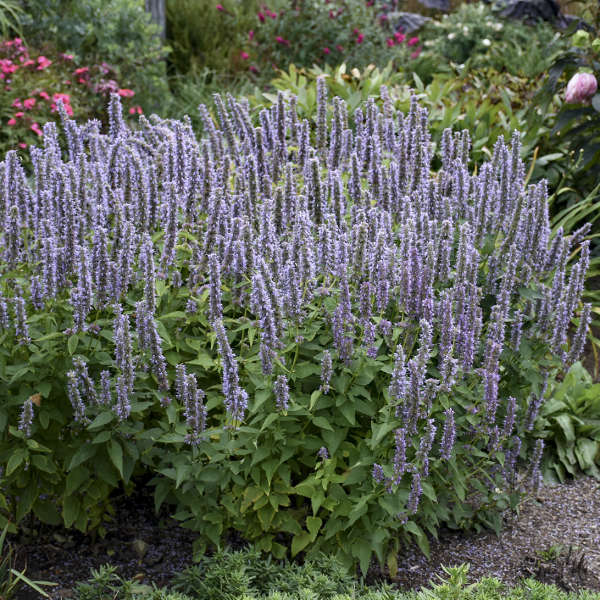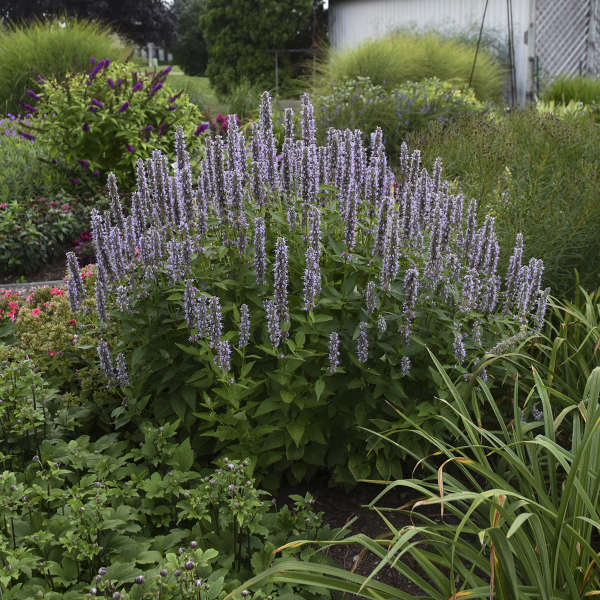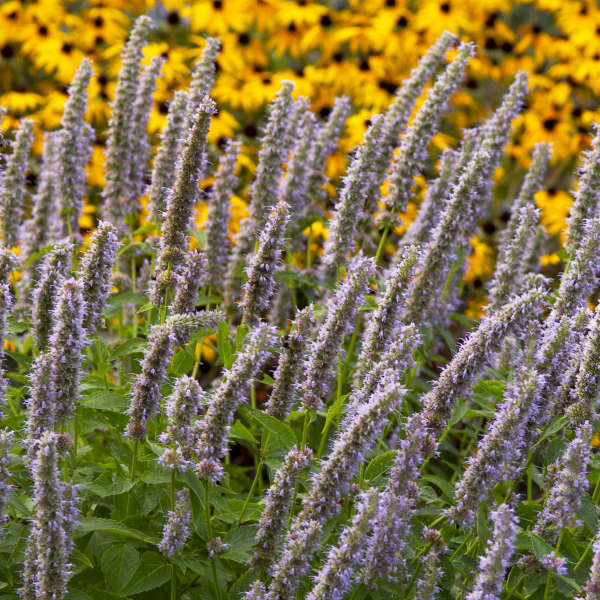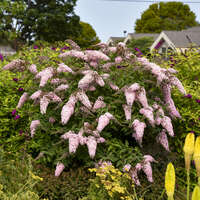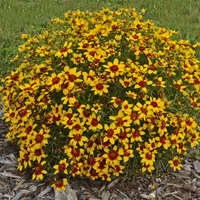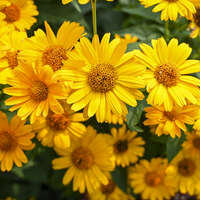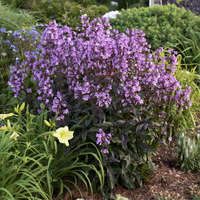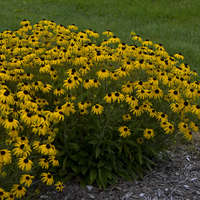Agastache 'Blue Fortune'
Common Name: Anise Hyssop
One of the easiest and most rewarding perennials to grow! The award winning 'Blue Fortune' is a tremendously long bloomer that produces lavender blue, bottlebrush-like flowers on strong, upright stems from midsummer to early fall. It is useful for adding a spot of color to the garden late in the season when many other plants are finished. Its foliage smells distinctly like black licorice when crushed, thus its common name, Anise Hyssop.
'Blue Fortune' resulted from a cross between A. rugosa and A. foeniculum. It was bred and selected by Gert Fortgens of the Arboretum Trompenberg in Rotterdam, Netherlands. 2004 Great Plant Picks award winner.
Grade #1 Bare Root |
